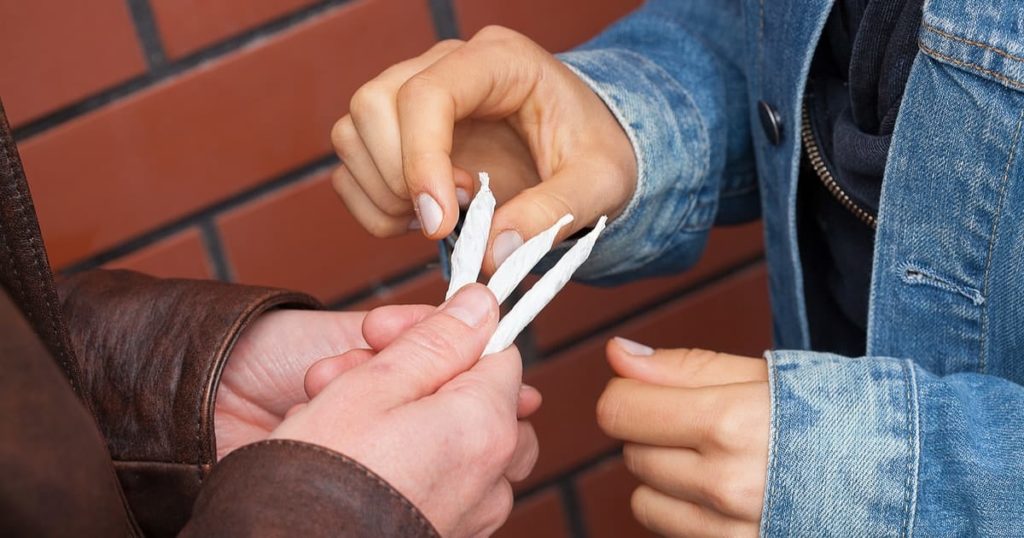New findings from a team of Pakistani scientists point to the potential for altered puberty and growth rates in adolescent boys with an addiction to the popular recreational drug marijuana. Researchers and public health officials are well-aware that, compared to adults, teenagers who consume marijuana have substantially higher chances of developing diagnosable symptoms of cannabis abuse and/or cannabis addiction. In a study presented in 2015 to the European Congress of Endocrinology, researchers at Pakistan’s Pir Mehr Ali Shah Agricultural University Rawalpindi assessed the impact that addicted intake of marijuana has on puberty and physical growth rates in adolescent boys. These researchers concluded that an addiction to the drug is linked to unusually early puberty and unusually stunted growth.
Adolescents and Marijuana Addiction
Marijuana has a well-known ability to produce a euphoric mental state. As is true with any substance with this capacity, repeated use of the drug can lead to longstanding alterations of the normal chemical balance in a group of connected brain structures frequently referred to as the pleasure center. In turn, altered chemical processing in the pleasure center is a prerequisite for the development of physical dependence and addiction. The American Psychiatric Association (the nation’s acknowledged source of diagnostic guidelines for all substance problems) maintains a category of illness called cannabis use disorder for all people who develop a marijuana/cannabis addiction, as well as for all non-addicted users who nevertheless develop serious dysfunction or life impairment related to their cannabis intake. The National Institute on Drug Abuse (NIDA) predicts that roughly 17 percent of all teenagers who initiate marijuana use will eventually develop diagnosable cannabis addiction. This rate of addiction is nearly twice as high as the rate found among the total pool of marijuana consumers. In other words, teenagers clearly have a greatly increased chance of developing marijuana-related addiction issues. Risks are especially high for those adolescents who use marijuana every day or almost every day, and thereby qualify as habitual consumers. The rates of marijuana use and habitual marijuana use fell slightly among both older and younger teens between 2013 and 2014, according to figures compiled by NIDA and the University of Michigan.
Puberty and Physical Growth
Puberty is marked by hormone-driven changes in the body that signal the onset of sexual maturity and the ability to produce children. In the U.S., boys can enter the initial stages of this phase of growth and development as early as age 9 or as late as age 14. The normal range for the beginning of puberty in girls is age 8 to age 13. In addition to sexual maturation, puberty involves physical maturation and (in boys in particular) significant increases in height and muscle mass. For boys, key puberty-related hormones include testosterone and a substance called luteinizing hormone or LH.
Impact of Adolescent Addiction
In the study presented to the European Congress of Endocrinology, the Pir Mehr Ali Shah Agricultural University Rawalpindi researchers used a project involving 437 adolescent boys to assess the influence of marijuana addiction on the course of puberty and physical growth. Two hundred seventeen of the project participants had an addiction to marijuana; the remaining 220 participants were not consumers of the drug. In each group, the researchers looked at the levels of LH and testosterone. They also looked at the levels of the growth hormones that power the normal adolescent increase in height and weight. In addition, the researchers checked the levels of cortisol, the human body’s chief stress hormone, in some of the study participants. After analyzing their data, the researchers concluded that marijuana-addicted boys had heightened levels of LH and testosterone and entered puberty at a substantially earlier age than their counterparts who did not consume the drug. They also concluded that the marijuana-addicted boys had lower levels of growth hormones and were an average of 8 pounds lighter and more than 4 inches shorter by the time they reached age 20. The researchers identified a significant elevation of cortisol levels in the study participants affected by marijuana addiction. They believe that marijuana use may trigger an alteration in the levels of this stress hormone that subsequently leads to the observed changes in normal puberty and physical growth. The researchers specifically note that adolescents who enter puberty at an early age have statistically increased chances of developing drug or alcohol problems at some later point in life.

